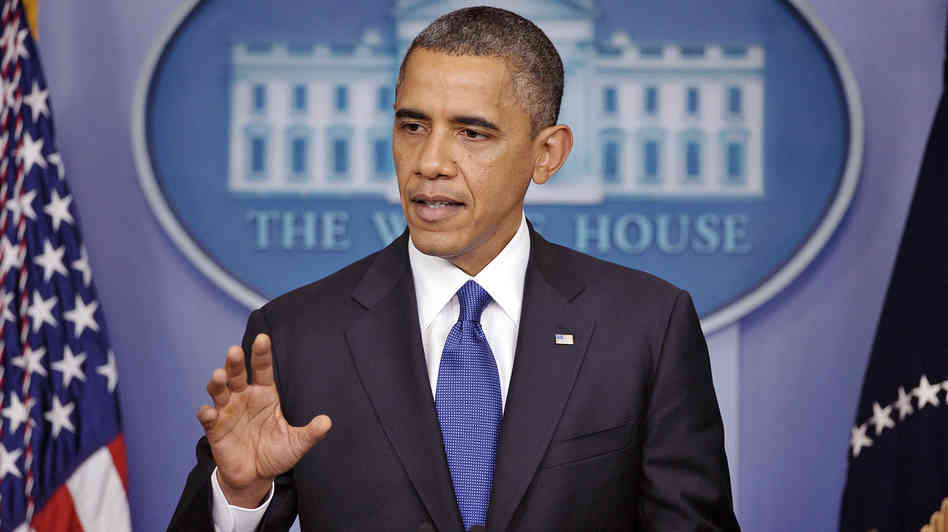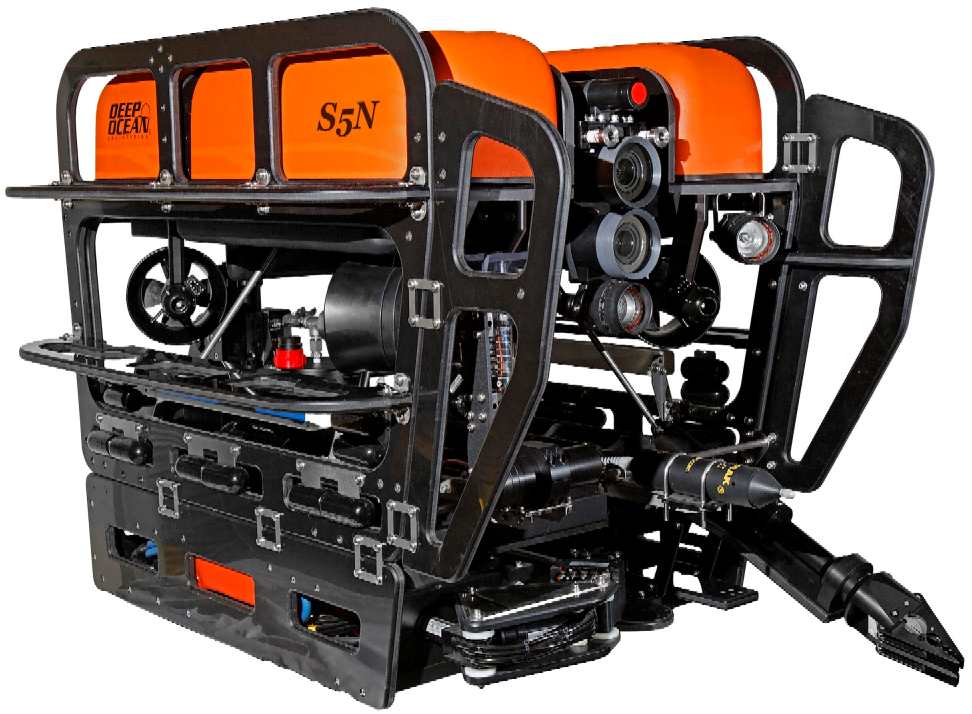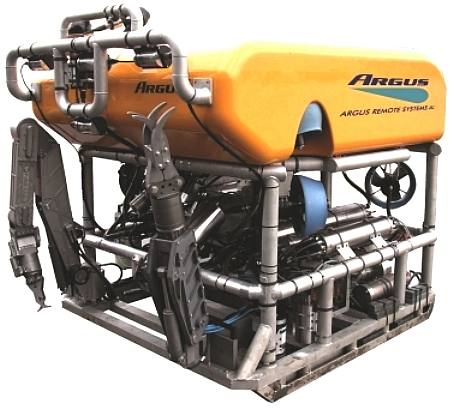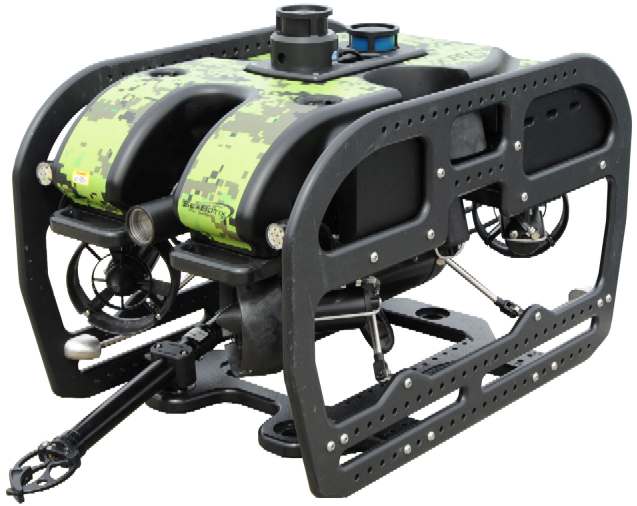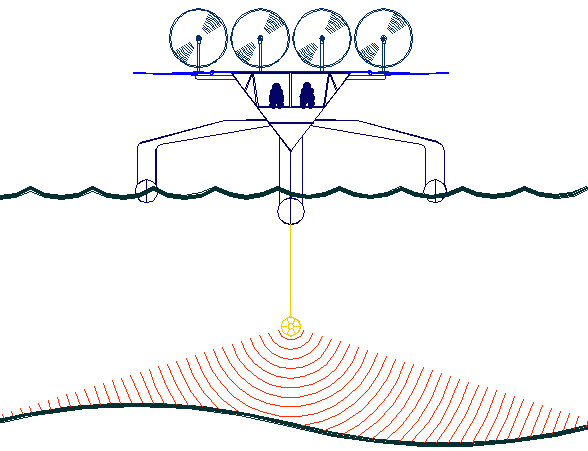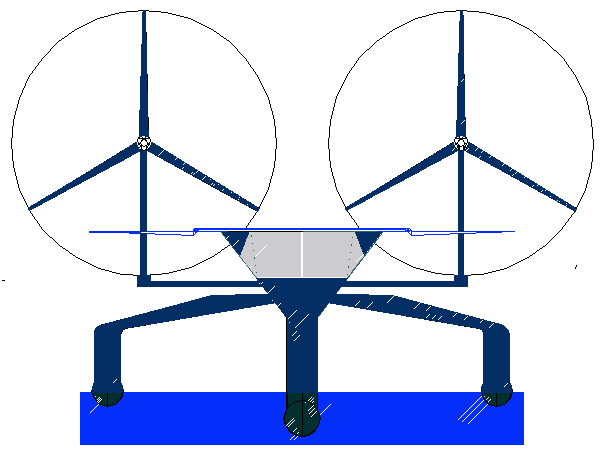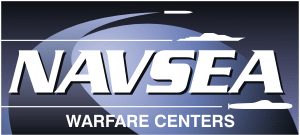
|
NAVSEA - NAVAL SURFACE WARFARE CENTER, ENERGY CONSERVATION
|
||||
|
DECEMBER 5 2013 0 PRESIDENT OBAMA SPEAKS ON 2020
New Hampshire, USA - The Obama administration issued an executive order re-establishing one of the proclamations from the climate change plans it issued this summer: significantly boosting the U.S. federal government's support of renewable energy to supply 20 percent of its energy consumption by 2020.
The U.S. federal government's broad climate-change initiatives issued earlier this summer gained a lot of notice for their emphasis on standards for carbon pollution reductions and energy efficiency. They also pressed the Department of Interior (DOI) to expand permitting of renewable energy projects on federal lands. Now the Obama administration is revisiting and reiterating another part of that broad climate plan: expanding the federal government's electricity consumption from renewable sources to 20 percent by 2020, nearly triple the current 7.5 percent. (It adds the window of uncertainty, though, that such a target must be "economically feasible and technically practicable.") The order maintains the definitions of "renewable energy" as those laid out in Executive Order 13514 circa 2009: solar, wind, biomass, landfill gas, ocean (tidal, wave, current, and thermal), geothermal, municipal solid waste, and new hydroelectric generation capacity from existing projects (increasing their efficiency or adding more capacity).
This 20/2020 renewables mandate prioritizes on-site production or procurement, retaining renewable energy certificates (REC); followed by purchasing the electricity and RECs, and then just purchasing the RECs alone. For on-site projects the government urges a focus on brownfield sites including contaminated lands, landfills, and mines. There's also a plan to add Green Button pilots on federal facilities, coordinating efforts among the DOE, FEMP, and EPA, which will update the Energy Star Portfolio Manager to include building energy usage data using Green Button. Here's the official roadmap being laid out for federal renewable energy consumption:
Note the U.S. military arms already are under a legal mandate to reach 25 percent renewable energy consumption by 2025, which will amount to 1 GW of new installed capacity each for the Army, Navy, and Air Force.
It occurs to us that with the high cost of bidding for military projects, that in effect loads a project before it starts, why don't the military simply source their energy from civilian suppliers? That way the build will be far more economical and the energy generated that much more green
CALL FOR PAPERS
The
Naval Surface Warfare Center, Carderock Division (NSWCCD) has released a
Broad Agency Announcement (BAA) (N00167-13-BAA-01) seeking
innovative concepts from industry (maritime and non-maritime) and
academia that support Navy shipboard energy conservation needs.
INTRODUCTION
The Naval Surface Warfare Center, Carderock Division (NSWCCD) is seeking innovative concepts from industry and academia to enable energy conservation and carbon footprint reduction on U.S. Navy ships. The primary focus is on concepts with the potential for rapid transition to Fleet operations. All Military Sealift Command (MSC) ship classes and Navy combatants have opportunities for energy conservation, and all classes are of interest under this BAA. NSWCCD is soliciting short white papers (abstracts) each describing an enabling energy conservation concept, within the requirements identified in this BAA.
The Navy will consider approaches that modify systems, operations or both to affect quantifiable energy conservation and/or carbon footprint reduction in the Fleet. Each proposed solution should be capable of an operational prototype demonstration in a shipboard or other relevant environment by the conclusion of Phase 2. Emphasis is placed on solutions with an identified transition path capable of making near-term, measurable improvements towards the Navy’s shipboard energy conservation and carbon footprint reduction needs. Solutions at all levels of development will be considered, ranging from near-term strategies applicable to existing ship classes to those suitable for new construction and future design. Technical maturity of each solution, however, will be considered during evaluations with preference for solutions with more immediate impact.
To minimize risk, energy conservation efforts are typically executed in three distinct phases:
Phase 1: Conceptual Design & Business Case Analysis Phase 2: Detailed Design, Prototype Development and Demonstration Phase 3: Multi-ship Implementation
An offeror with a highly rated white paper may be invited to submit a full proposal for a Phase 1 contract only. Based on the results of the Phase 1 effort, a follow-on Phase 2 contract may be awarded under this BAA or, depending on the maturity of the proposed solution and the existence of alternative suppliers, a Phase 2 contract may be open to competition to meet FAR requirements. All Phase 3 contracts for multi-ship implementation will be competitively awarded outside of this BAA.
A range of ROVs that are considered to be compatible with a Bluefish ZCC platform that is equipped with the ROV auto launch and recovery pod.
2. General Information
FAR Section 35.016 "prescribes procedures for the use of a broad agency announcement (BAA) with Peer or Scientific Review …for the acquisition of basic and applied research and that part of development not related to the development of a specific system or hardware procurement. BAA’s may be used by agencies to fulfill their requirements for scientific study and experimentation directed toward advancing the state-of-the-art or increasing knowledge or understanding rather than focusing on a specific system or hardware solution. The BAA technique shall only be used when meaningful proposals with varying technical/scientific approaches can be reasonably anticipated."3 FAR Section 35.016 (d) states: "Proposals received as a result of the BAA shall be evaluated in accordance with evaluation criteria specified therein through a peer or scientific review process. Written evaluation reports on individual proposals will be necessary but proposals need not be evaluated against each other since they are not submitted in accordance with a common work statement."
FAR Section 35.016 (e) states: "The primary basis for selecting proposals for acceptance shall be technical, importance to agency programs, and fund availability. Cost realism and reasonableness shall also be considered to the extent appropriate."
This BAA is active when posted on FedBizOps and will be open for approximately two years, closing on 30 November 2014. White papers on any relevant topic may be submitted any time throughout the two year period. White papers will generally be reviewed as soon after receipt as workloads allow. Review of white papers submitted in response to a specified focus areas may be delayed until the focus area due date (as described in the Focus Area section of this BAA). Based on evaluation of the white papers, some offerors may receive an email inviting them to submit a full proposal. A Frequently Asked Questions (FAQ) section is provided below, listing all questions received and their respective answers. The BAA can be accessed at the FedBizOps website https://www.fbo.gov/ (search for ‘N0016713BAA01’) and also at the NSWCCD Broad Agency Announcement website: http://www.navsea.navy.mil/nswc/carderock/docs/N00167-13-BAA-01.pdf.
NSWCCD will not issue paper copies of this announcement. NSWCCD reserves the right to fund all, some or none of the proposals received as a result of this BAA. NSWCCD provides no funding for direct reimbursement of proposal development costs. White papers, proposals or any other material submitted in response to this BAA become the property of the Navy and will not be returned. It is the policy of NSWCCD to treat all proposals as sensitive, competitive information and to disclose their contents only for the purposes of evaluation or potential sponsorship of the concept. All work under this BAA shall be unclassified. The Government does not commit to providing a response to any comments or questions.
This BAA shall not be viewed as an invitation or request for proposal. Offerors are advised that only the Contracting Officer is legally authorized to commit the Government to a contract. The BAA is an expression of interest only and does not commit the Government to pay any costs for responses submitted. NAVSEA Carderock may disclose offeror’s information to authorized personnel. Submitting a white paper constitutes the offeror’s written consent to such disclosure. All parties with access to white paper information will be required to sign a Conflict of Interest & Non-Disclosure Agreement prior to gaining access to any white papers or related information.
The selection of one or more white papers for full proposals and potential contract award will be based on responses to the BAA and the results of a peer review process. The type of award anticipated for the Phase 1 Conceptual Design is Firm Fixed Price. Contract types for follow-on phases shall be determined on a case basis. 4 All technical questions regarding this BAA should be submitted via email to NSWCCD_OPLOG@navy.mil, and all contractual questions should be addressed to Ms. Kathy Bonturi at kathleen.bonturi@navy.mil.
The Bluefish ZCC platform, presently under development, is a robotic ocean workhorse. Based on a stable SWASH hull that can achieve high speeds for long duration. This robot ship uses no diesel fuel to monitor the oceans autonomously (COLREGS compliant) at 6-7 knots continuously 24/7 and 365 days a year - only possible with the revolutionary (patent) energy harvesting system. The vessel may also sprint from one location to another covering distances in excess of 100 nautical mile at speeds of over 10 knots - Thus may reach a target area within a relatively short response time. The hullform is ideal for automatic release and recovery of ROVs or towed arrays, alternating between drone and fully autonomous modes. International development partners and agents are welcome. Initial results suggest that this vessel pays for itself in fuel saved every ten years.
3. White Paper Submittal
White papers in response to this BAA shall be sent via email to NSWCCD_OPLOG@navy.mil. The email shall include the following information: Company Name Address Phone Number FAX Number Website Primary POC Name Phone number(s) Secondary POC Name Phone number(s)
Offerors will receive an email within 5 business days verifying that their white paper was received. All white papers shall be clearly marked with BAA # N00167-13-BAA-01. All white papers submitted in response to this BAA shall be limited to five (5) pages. The white papers shall be formatted to print as typewritten on single-sided paper with one-inch margins on all sides and single spaced lines. A 10-point font or larger with normal (uncondensed) spacing shall be used. All white papers shall be submitted in the Portable Document Format (PDF) file format and shall be less than 2 MB in size.
4. White Paper Content and Evaluation Information
White papers shall contain all the following information.
A. Technical
(1) The basic approach the offeror intends to pursue, the feasibility and applicability of the proposed systems or technologies, the concept of operations and any foreseeable problem areas. (2) The benefits anticipated should the concept be implemented (e.g., cost savings, environmental impacts, operational or capability improvements). (3) The technical maturity of the approach with a focus on the development and projected implementation times. (4) The offeror’s awareness of the state of the art and technical understanding of the scope of the application. (5) The production or fabrication approach, and the available facilities to provide the product.
B. Management
(1) Corporate/personnel experience and ability to successfully perform this effort. (2) Past performance information on similar projects, and any prior work that will contribute to the success of the effort. (3) A proposed schedule for Phase 1: Conceptual Design. (4) A proposed schedule for Phase 2: Detailed Design, Prototype Development and Demonstration.
C. Cost
(1) A cost estimate for the proposed Phase 1: Conceptual Design. (2) A rough order of magnitude (ROM) cost estimate for Phase 2: Detailed Design, Prototype Development and Demonstration.
D. Evaluation Factors
White papers shall be evaluated based on three criteria:
Factor (1) Technical Factor (2) Management Factor (3) Cost.
The Factors are listed in descending order and degree of relative importance with Technical being most important.
5. Invited Proposals
In accordance with the FAR, this section and the next provide content requirements and evaluation information for invited proposals. However, only proposals submitted in response to a Proposal Invitation from NSWCCD will be accepted. If funding is available, an offeror with a highly rated white paper may be invited to submit a full proposal. Following is an overview of the content requirements of the Phase 1 proposal. A detailed description of the requirements will be provided in the invitation to submit a proposal.
Proposals shall be provided in two volumes: a Technical Volume addressing the Technical and Management portions of the proposed effort, and a separate Cost Proposal providing the cost information for the proposed effort. All proposals shall be clearly marked with BAA # N00167-13-BAA-01.
The Technical Volume shall contain a Statement of Work (SOW) including a Phase 1 Task List and Schedule. The SOW shall identify all the Phase 1 tasks, the execution schedule for all tasks, an approximate breakdown of costs by task, and a list of deliverables associated with each task along with the anticipated submission for each deliverable.
Quarter; issues in need of resolution; risks & associated mitigation plans; current cost information; and any other information the Government should have.
For scheduling purposes, items 1-7 shall be delivered via email in draft format along with the draft final report for Government review and feedback. The final versions shall be provided to the Navy within two (2) weeks from the date of receipt of the Government’s feedback.
The Cost Proposal shall include a detailed cost breakdown for Phase 1 which shall be effective for one year following the date of submission. The Cost Proposal shall also include and a rough order of magnitude (ROM) cost estimate for Phases 2 & 3.
The costs for Phase 1 shall be provided in format found at this site:
http://www.navsea.navy.mil/nswc/carderock/docs/N00167-13-BAA-01.pdf
The Factors are listed in descending order and degree of relative importance with Technical being most important. Evaluators will take the following into account when evaluating each section:
A. Technical Evaluation:
The Technical and Management Proposal shall be evaluated based on the overall technical and scientific merits of the proposal’s Technical Section, while taking the following into account:
(1) Realism and strength of the business case and the potential to realize the anticipated benefits. (2) Soundness of the technical approach to develop, integrate and implement the proposed improvement. (3) Applicability of the improvement to specific ship classes. (4) Reasonableness of the quantified technical maturity of the proposed approach, technologies, systems and strategies. (5) Evidence supporting a solid technical understanding of the requirements, their full scope and any anticipated problem areas. (6) Thoroughness of the offeror’s knowledge regarding the state of the art. (7) Thoroughness of the assessment and ranking of the major technical risk areas, including risk mitigation plans. (8) Viability of fabrication strategy, plans and available facilities. (9) Ease of implementation and operation, including installation of the proposed equipment within the 15-35 days normally allotted in the Ship's Restricted Availability. (10) Other technical criteria that impact the proposal’s overall evaluation and rating include: a) Realism of the fuel savings over the range of ship speeds and operating conditions, specifically the Underway, Not Underway and Cold Iron (shore power) states.
b) Reasonableness of impacts on ship performance (response time, thrust, etc). c) Reasonableness of impacts on ship service electrical performance (power generation, storage, backup, etc.). d) Reasonableness of impacts on ship propulsion control system changes. e) Realism of impacts on operations, maintenance, and training. f) Realism of impacts on relevant ABS, MSC and NAVSEA certifications. g) Reasonableness of the system’s operational status and use during failure modes.
B. Management Evaluation:
The Technical and Management Proposal shall also be evaluated based on the overall programmatic, personnel and management related merits of the proposal’s Management Section, while taking the following into account.
(1) Realism and relevance of the offeror's capabilities, related experience, past performance, facilities, techniques, or unique combinations of these which are integral factors for achieving the proposal objectives. (2) Realism and relevance of the qualifications, capabilities and experience of the proposed principal investigator, team leader and key personnel who are critical in achieving the proposal objectives. (3) Applicability of past performance on similar projects. (4) Reasonableness of the approach, plan, schedule and tracking methods for project execution and management, meeting project deadlines and project control during phases. (5) Reasonableness of the staffing approach. (6) Reasonableness of any data rights asserted. (7) For large businesses, the realism of the socio-economic merits of the proposal, including meaningful subcontracting opportunities for small businesses, HUBZone small businesses, small disadvantaged businesses, woman-owned small businesses, veteran-owned small businesses, service disabled veteran-owned small businesses, historically black colleges and universities and other minority institutions.
C. Cost Evaluation: The Cost Proposal shall be evaluated based on the overall cost reasonableness of the proposal, while taking the below into account.
(1) Realism of the cost information provided. (2) Reasonableness and realism of the Cost Summary for Phase 1 - Conceptual Design. (3) Reasonableness and realism of a rough order of magnitude budget estimate for Phase 2 - Detailed Design, Prototype Development & Shipboard Demonstration. (4) Reasonableness and realism of a rough order of magnitude budget estimate for Phase 3 - Multi-Ship Implementation. (5) Reasonableness of proposed payment schedule for Phase 1.
The degree of importance of the offeror's cost shall be based on the assessment of the overall technical merit of the proposal and the funds available for the technology area proposed.
7. Focus Areas
Specific focus areas for energy conservation concepts will be defined periodically to address near term Fleet needs. Whenever a new focus area is identified, the BAA will be updated and any party who has registered or inquired about this or previous Energy Conservation BAAs will receive an email notification about the new focus area. There is no pre-determined schedule for upcoming focus areas. White papers with topics outside the focus areas are always welcome and encouraged.
LINKS
http://www.eda.europa.eu/projects/projects-search/effective-procurement-methods http://www.eda.europa.eu/info-hub/defence-data-portal http://www.defense-unmanned.com/article/1022/asv-wins-contract-for-unmanned-boat.html http://rpdefense.over-blog.com/tag/LEMUSV/ http://www.science.mod.uk/Engagement/the_portal.aspx http://www.science.mod.uk/Engagement/enterprise.aspx https://www.dstl.gov.uk/centrefordefenceenterprise http://www.maritimejournal.com/news101/industry-news/ukho-appoints-new-national-hydrographer http://en.wikipedia.org/wiki/United_Kingdom_Hydrographic_Office http://www.spri.cam.ac.uk/friends/committee/ http://www.thefutureofnavigation.com/ten_steps.aspx http://www.quaynote.com/ankiti/www/?code=ecdis13&f=programme Wiki United_Kingdom_Hydrographic_Office https://www.dstl.gov.uk/insight US Department of Navy Research, development & Acquisition - http://acquisition.navy.mil/ US Fleet Forces Command - http://www.cffc.navy.mil/ http://en.wikipedia.org/wiki/Naval_Oceanographic_Office www.renewableenergyworld.com/us-government-recommits-to-renewable-energy-ramp-up
The Combat ZCC with 40kW wind turbines for increased performance. This is a 50 ton vessel that is elongated, but retains the same low frontal area as with the merchant Bluefish ZZC platforms seen elsewhere on this site. This battleship can be armed with a potent mix of torpedoes, SAM and Cruise missiles. The total energy harvesting capacity is around 176kW (235hp), giving an Energy Harvested to Displacement ratio (EH/D) of 3.52kW/ton (4.72hp/ton). The vessel is more efficient at collecting energy during darkness, reducing the battery storage needed, hence improving the potential payload. Larger versions of this format could be the emission free cargo ships of the future. The average cruising speed of this vessel will be higher from the longer hull 50m (163ft) hull on the waterline, giving a better speed/length ratio. The OAL is 56M (183ft). The sprint speed of this craft will be in the 20+ knot region - dependent on active hull deployment. Bluebird Marine Systems are looking for collaborative partners for the in progress Horizon 2020 call.
ECONOMICS - The cost of diesel fuel to operate this ship continuously for a year is approximately: .29gals/hp x 117 x 24 x 365 = $297,226.80 (£183,393.99) In ten years that would be $2.97M (£1.83M). Fuel for thought! In this calculation we have assumed for the sake of simplicity that the 235 horsepower harvested during the day is split 50/50 for day and night operation. In reality, the wind turbines operate just as well in the dark.
|
|||||
|
This
website is Copyright © 2013 Bluebird Marine Systems Ltd. The
names Bluebird™, Bluefish™, Solar Navigator™,Blueplanet Ecostar BE3™, Utopia
Tristar™ and the blue bird and fish in flight
|
|||||
